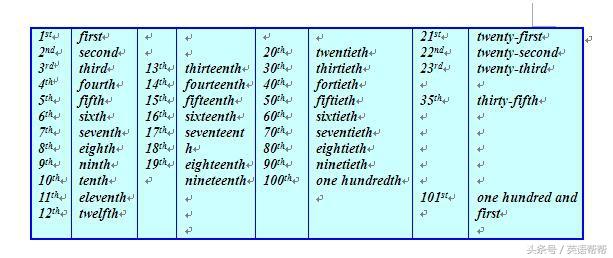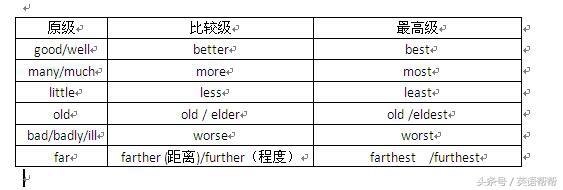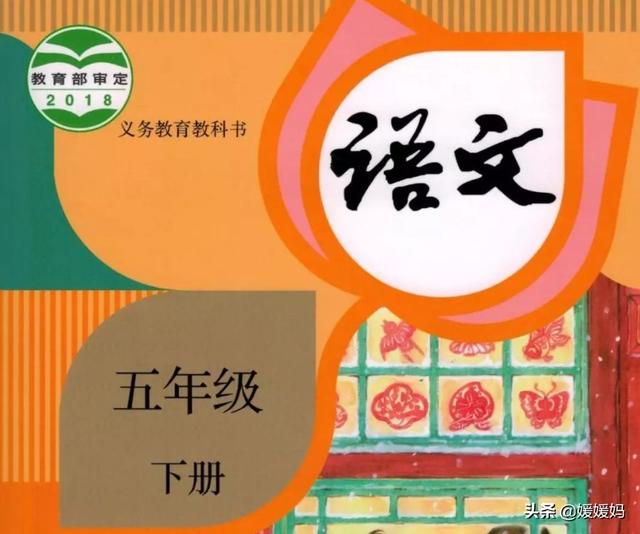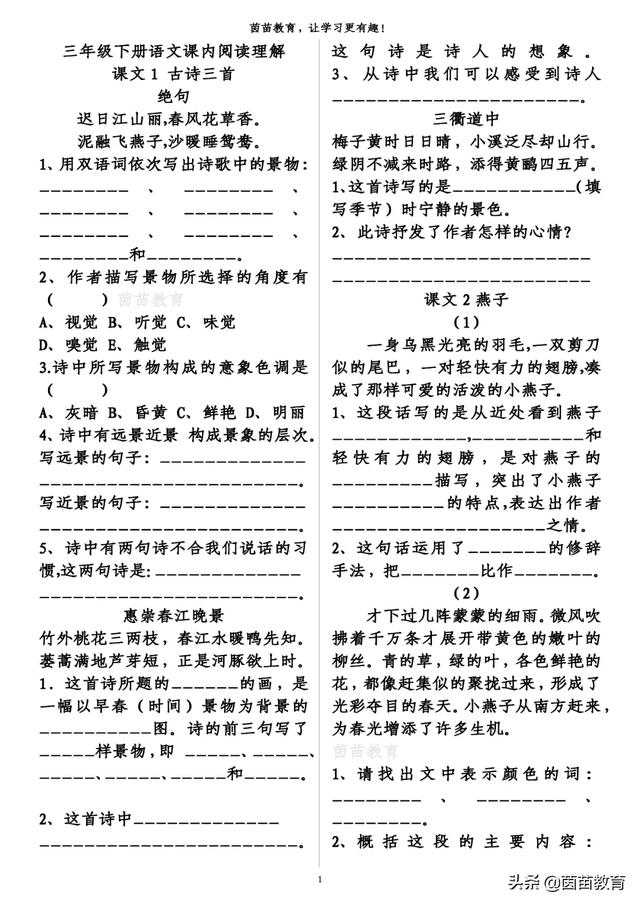中考词法大全―――词形变化词
名词的数与格的变化:
一、名词变复数的规则形式
1).一般情况下直接加s book------books cup-----cups
2).以辅音字母 y结尾的,先变y为i再加es .city-------cities family-----families
3).以s、x、sh、ch结尾的加es .bus-----buses wish------wishes watch------wathes
4).以o结尾的多数加S 初中阶段只有三个单词加es .tomato-----tomatoes potato------potatoes hero-----heroes
5).以f、fe 结尾的,先把f、fe变v 再加es .leaf----leaves self---selves shelf----shelves life----lives thief---thieves
2.少数名词的复数形式是不规则的。
man----men woman---women child----children foot-----feet tooth----teeth mouse---mice
3.单数和复数形式相同。
deer---deer fish----fish sheep----sheep Chinese ----Chinese Japanese---Japanese
4.某国人的复数。
1). 中、日不变。Chinese----Chinese Japanese---Japanese
2). 英、法变。 Englishman----Englishmen Frenchman----Frenchmen
3). 其余s加后面。 American -----Americans German----Germans Australian---Australians
二、名词的所有格:
1. 's 所有格。
1).用and连接两个并列的单数名词表示共有关系时,这时只在最后一个名词后加"'s."
This is ____________________(Mary and Lily) bedroom .
2). 1).用and连接两个并列的单数名词表示各有关系时,这时分别在每个名词后加"'s."
These are ________________(Tom and Jack ) school bags .
3).以s结尾的名词,变所有格时在s后加"'",不以s 结尾的复数名词,仍加"'s"
Teachers' Day Children's Day
4).表示店铺、医院、诊所、住宅等名称时,常在名词后加 's 代表全称。
at the doctor's at the Bob's
5).由some、any、no、every与one、body 结合的复合不定代词something 、anything 等和else 连用时,所有格应加在else的后面。
This is _________________(somebody else ) pencil .
6).表示时间、距离、国家、城市等无生命的名词,也可在词尾加's 来构成所有格。
an hour's ride two weeks' time China's capital
2.of 所有格:
1).of 用来表示无生命的名词所有格。the map of China the door of the room
2).双重所有格:of 名词所有格 of 名词性的物住代词
He is a friend of my _________(brother ) .Is she a daughter of __________(you)?
代词格的变化:
1、主格用来作句子的主语、表语。如: I often go shopping on Sundays.(星期天我常去购物) / Are they from Brazil?(他们是巴西人吗?) / Where have they gone?(他们上哪儿去了?) / That's it.(就那么回事) / It's he!(是他!)
2、宾格用来作及物动词或者介词的宾语。如:Who teaches you English this year?(今年谁教你们的英语?) / Help me!(救救我!) / We often write letters to her.(我们常给他写信)
3、人称代词作表语或者放在比较状语从句连词than或as之后时,可以用主格形式,也可以用宾格形式,口语中大多用宾格。如:--Who is it?(是谁?) ;--It's I/me.(是我。)

数词的基序数变化
英语数词有基数,序数和分数之分,英语的数词可以作句子的主语、宾语、表语和定语。表示数目的词叫基数,表示顺序的数词叫序数词。 英语的序数词基本变法: (1) 一般在基数词后加th,(2)-ve结尾的改为-fth,(3)-ty结尾的改为-tieth,(4)熟记特殊词。

形容词,副词的比较级、最高级
一、规则变化
1.一般在词尾直接加er或est, tall-taller-tallest,long-longer-longest
2.以不发音的字母e结尾的单词在词尾直接加r或st, nice-nicer-nicest
3.以辅音字母 y结尾的词,把y变为i,再加er或est, heavy-heavier-heaviest
4.重读闭音节,末尾只有一个辅音字母,双写这个辅音字母,再加er或est, big-bigger-biggest
注: 大,红,湿,热,悲,瘦,胖.双写末辅再变级.(big/red/wet/hot/sad/thin/fat )
5.部分双音节词和多音节词分别在原级前加more构成比较级和most构成最高级, beautiful-more beautiful-most beautiful
注:表示否定意义在其前加less /least important----less important----least important
English is more interesting than Chinese =Chinese is less interesting than English .
6.由 "形容词 ly"构成的副词,在其前加more/ most slowly---more slowly----most slowly;但early—earlier---earliest
二、不规则变化

下列单、双音节词只能加more和most

谓语动词的时态与语态变化
一.被动语态的时态:
1.一般现在时的被动语态:am /is/ are 动词的过去分词
2.一般过去时的被动语态:was /were 动词的过去分词
3.一般将来时的被动语态:will be 动词的过去分词
4.现在进行时的被动语态:am /is /are being 动词的过去分词
5.现在完成时的被动语态:have /has been 动词的过去分词
6.情态动词的被动语态:情态动词 be 动词的过去分词
二.主动语态变被动语态的变法:
口诀:宾变主,主变宾,谓变be done ,时不变,数格必须随被变。
注:1.主动、被动的时态要一致。
2.主动、被动的句式要一致。
3.变成的被动语态的主语与谓语在单复数上保持一致。
初中阶段只要求我们掌握8种时态的运用,这8种时态构成以动词make为例如下表:






